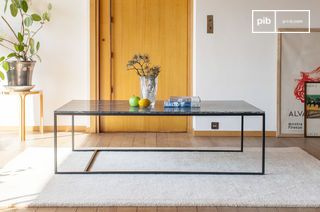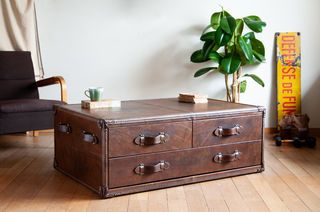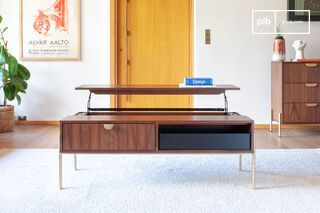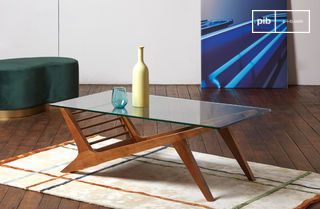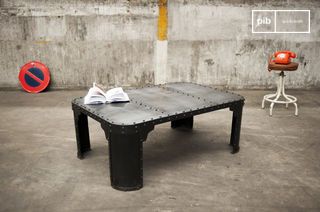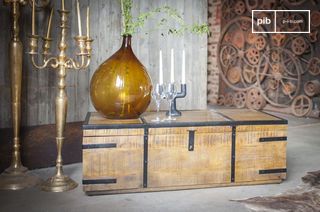Living room coffee tables
Coffee tables organize the space between seats and provide a daily focal point. A coffee table can accommodate books, objects of passage or decorative elements without visually occupying the entire center of the room. Its reduced height and compact format facilitate circulation and the legibility of surrounding furniture. It acts as a link between volumes, without restricting the layout. Materials vary according to the desired effect: solid wood, metal, glass, or hybrid combinations. Each choice produces a different anchorage in the room, without functional or aesthetic overload.
read more >Filters
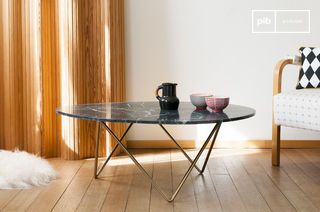
Green marble coffee tableTrivisan
£725 £650-10%
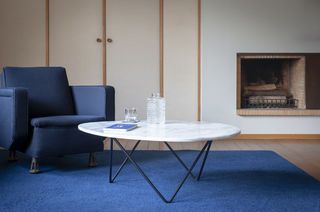
White marble coffee tableTrivisan
£725 £650-10%
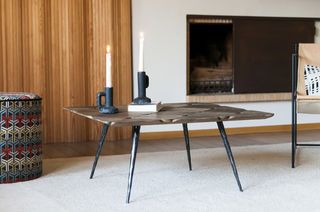
Elm wood coffee tableLincoln
£955 £860-10%

Round metal coffee table OneXylème
£605 £540-10%
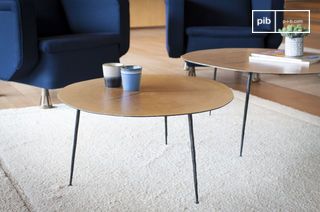
"Round metal coffee table ""Two"""Xylème
£605 £540-10%
10 festive days
10% off our tables and consoles
Welcome your guests in style · Limited stock
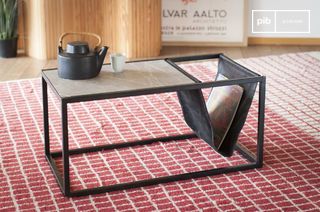
Stone magazine holder coffee tableIbiza
£445 £400-10%
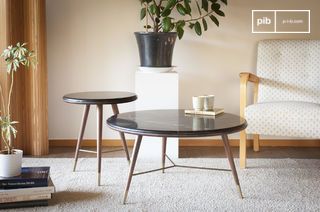
Black marble coffee tableSivart
£930 £840-10%
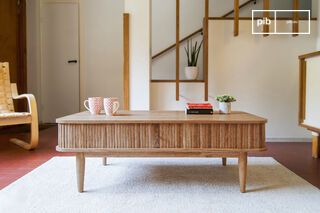
Oak side table with curtainsRitz
£725 £650-10%

Dark wood coffee tableAlienor
£465 £415-10%
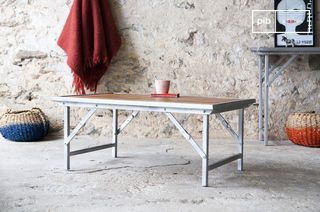
Teak coffee tableBollène
£555 £500-10%
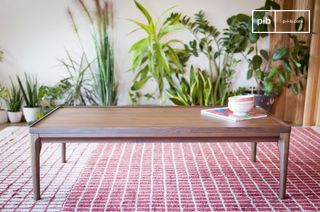
Walnut coffee tableHemët
£670 £605-10%
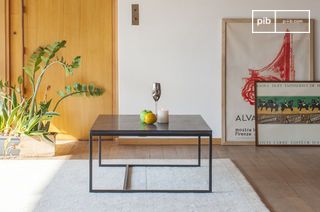
Black marble coffee tableAvedore
£605 £540-10%
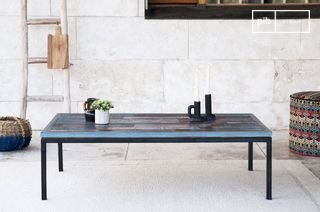
Wooden coffee tableMoriz
£605 £540-10%
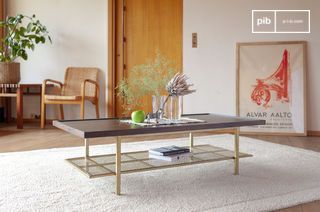
Walnut coffee tableNeutra
£845 £760-10%
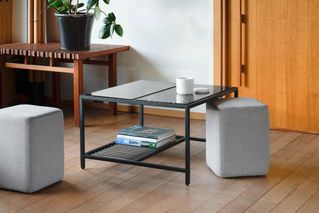
Marble coffee table with poufsNoora
£680 £615-10%
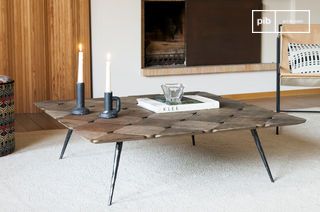
Large elm wood coffee tableLincoln
£1200 £1080-10%
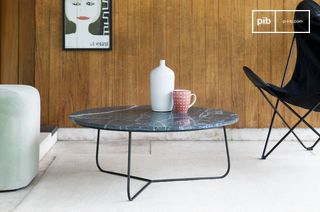
Green marble coffee tableVertü
£725 £650-10%
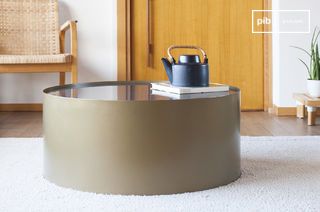
Round marble coffee tableDickinson
£1210 £1090-10%
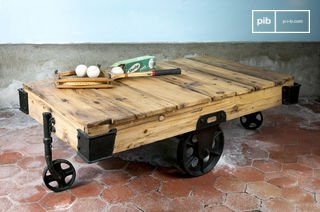
Wooden Coffee TableWood Wagon
£885 £800-10%
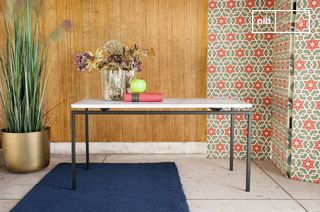
White marble coffee tableVarmalio
£445 £400-10%

Wooden Coffee TableRailway
£645 £580-10%

Practical functions and role dueage of a coffee table salon
The coffee table salon meets everyday use in the central area of the living room. It is used to temporarily place objects, organize a moment of relaxation or receive a tray. Beyond its function as a support, it acts as a point of balance between the various seating areas. Its deliberately low central position ensures continuity between sofa, armchairs and peripheral elements without cutting visual lines.
This type of furniture is designed to remain accessible without dominating. Its height is generally between 30 and 45 cm, depending on the model and the height of surrounding sofas. It must allow an object to be placed or retrieved effortlessly, while leaving the upper area of the visual field free. This logic of legibility also guides the choice of shapes and proportions.
Choosing formats and adapting to configurations
The format of a coffee table for the living room depends closely on the seating arrangement. A rectangular top accompanies an upright sofa or a longline space. A square shape works well in a symmetrical layout, while round or oval tops facilitate circulation in through or open living rooms. The choice depends on traffic flow, furniture density and intended use.
To maintain balance in the room, a clearance of around 40 cm around the table is recommended. This margin ensures good circulation and allows the table to be used without impeding movement. A table that's too large blocks use; one that's too small loses its structuring role. Certain modular models, in duo or with variable geometry, offer a flexible alternative in evolving rooms.
Visible materials, surface effects and legibility
The material chosen influences the way the table blends into the environment. Solid wood provides a stable, visible mass. It fits in well with sober living rooms or more assertive compositions, playing on shade and grain. Metal, often used for bases, introduces clean, visible lines without weighing down the structure. Glass, on the other hand, lightens the overall effect and allows the floor or carpet to remain visible.
Some tops combine several materials: ceramic on a wood base, glass on a metal structure, composite concrete with graphic elements. These combinations enable the final rendering to be adjusted to the visual density of the room. The aim is to produce a legible effect without overloading. A coffee table in the living room shouldn't be a permanent eye-catcher, but should support a clear reading of the surrounding furniture.
It's also possible to play with contrasts: choose a table that's lighter than the floor to emphasize its presence, or on the contrary, harmonize materials for discreet continuity. Natural lighting and the orientation of the room also influence the perception of the surface. A glossy top reflects more light, a matte top absorbs and visually stabilizes the whole.
Choosing a coffee table for the living room involves thinking about use, proportions and interaction with the immediate environment. This discreet piece of furniture structures the room through its controlled presence and thoughtful positioning. It connects volumes without constraining them.
